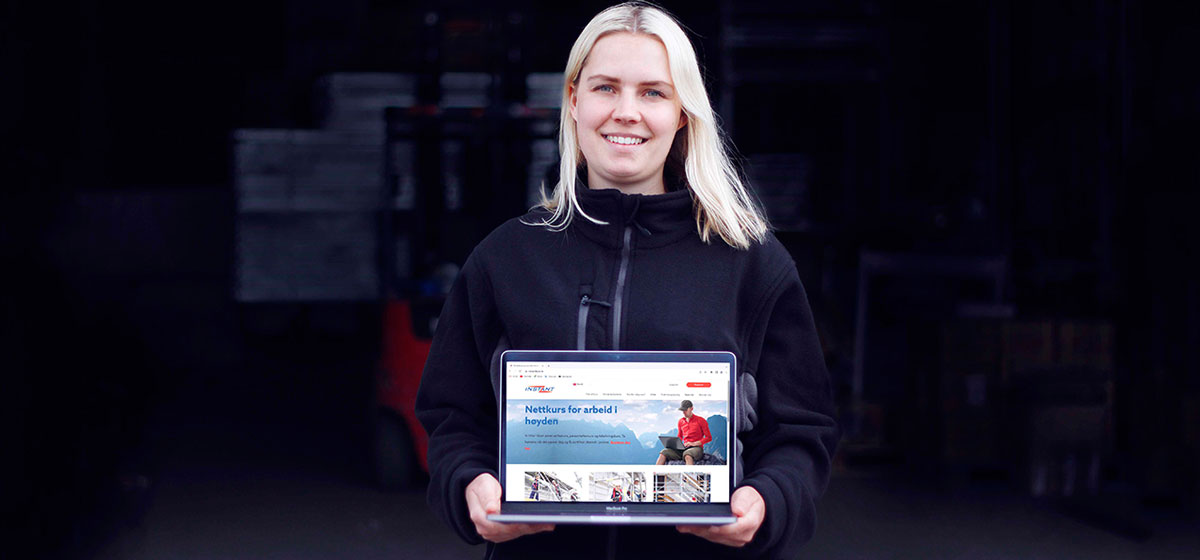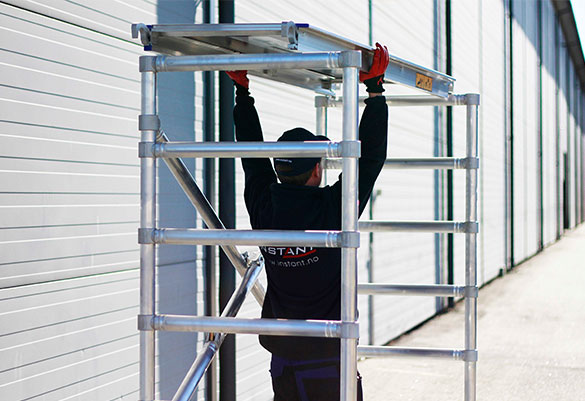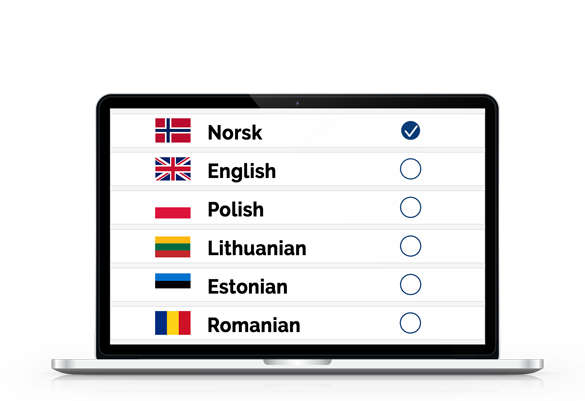Why choose us?
Our goal is to strengthen the competence of our customers by offering innovative online courses based on professional knowledge, educational methodology and an optimal user experience. HSE is about more than just rules, routines and reports – it’s about creating a safe and secure workplace for both you and your colleagues. Our courses provide you with the necessary and legally required documented training in an educational and understandable way.





